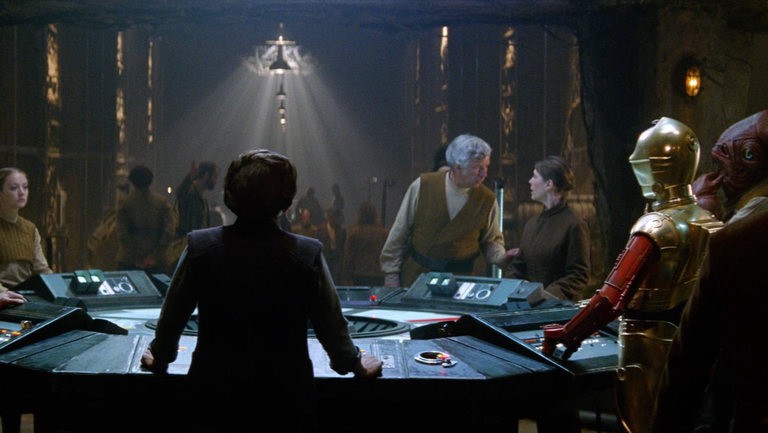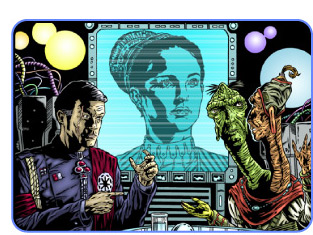
For those of you who are regular readers of Eleven-ThirtyEight, you’ll note that in the lead-up to The Force Awakens, various articles were published wherein we speculated on the state of the galaxy post-Return of the Jedi. More specifically, what sort of government the Rebel Alliance would found in the aftermath of their victory at the Battle of Endor. Back in July 2013, Mike Cooper gave me the honor of being the first to write an article about the “Glorious Cause” of the Rebellion and the New Republic that they needed to establish. In my original article, I highlighted five essentials that would be needed in the sequel trilogy to show that sacrifices of our heroes in the original trilogy were worthwhile. Now, with The Force Awakens out and various tie-in materials released, it is as good a time as any to take stock of what we now know and how it matched up to my original list.
The “Glorious Cause” successful
Thanks to various books and comics unveiled under the Journey to The Force Awakens banner, we learned early on that the Rebel Alliance was successful in defeating the Empire and restoring the Republic. What probably surprised many fans was how quickly and how completely this success was achieved. For those of us who grew up and cut our teeth on the old Expanded Universe (aka Legends), the battle to liberate the galaxy and defeat the Empire was a long, tough fight. It ultimately took nearly fifteen years in-universe to have the Galactic Civil War truly end, with the signing of the Bastion Accords between the New Republic and the few remaining sectors of the Imperial Remnant. As a result of that, many fans (myself included) assumed that the war post-Endor would be a long, drawn out fight. Read More




